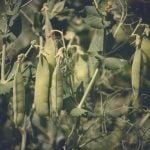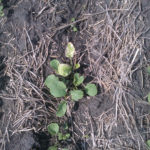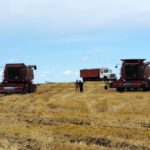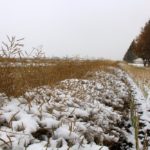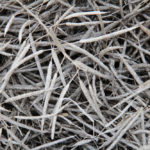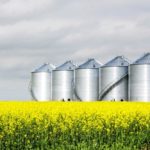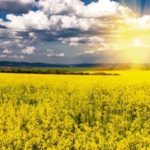Three main tools go into a successful blackleg management strategy in canola: seed genetics, seed treatment and foliar fungicides. Blackleg genetics, along with seed treatments, can help you get into the season and established while protecting seedlings from blackleg for the first few weeks after seeding. At the two- to six-leaf stage, consider using a […] Read more


